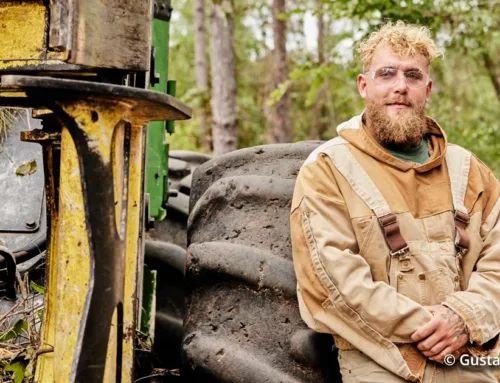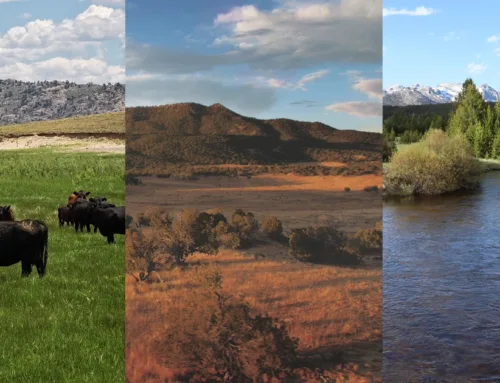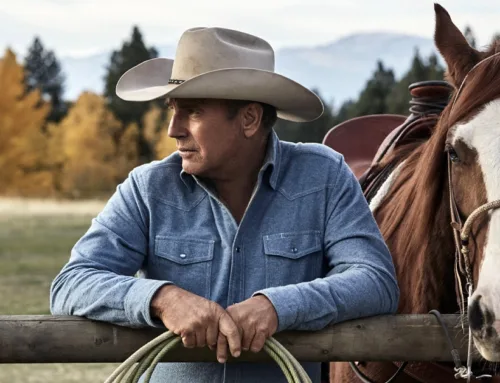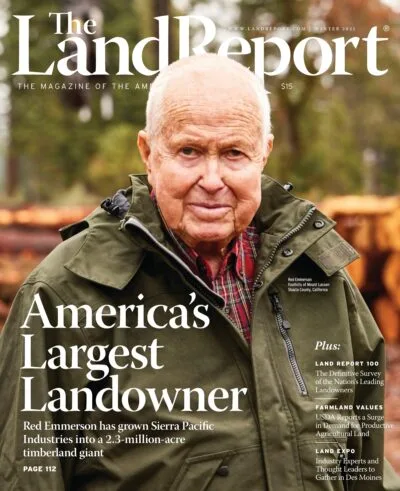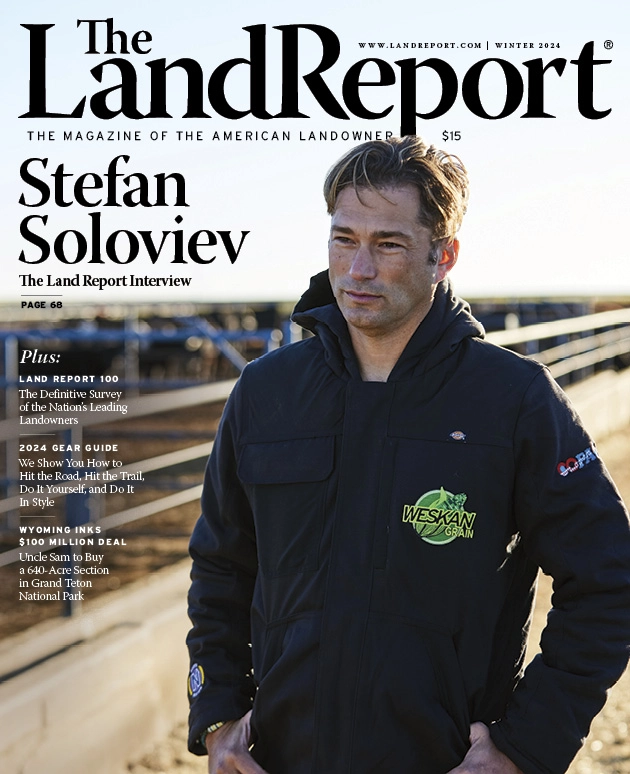Kelly Parcel Sells for $100 Million
Kelly Parcel Sells for $100 Million
By Carrie Haderlie
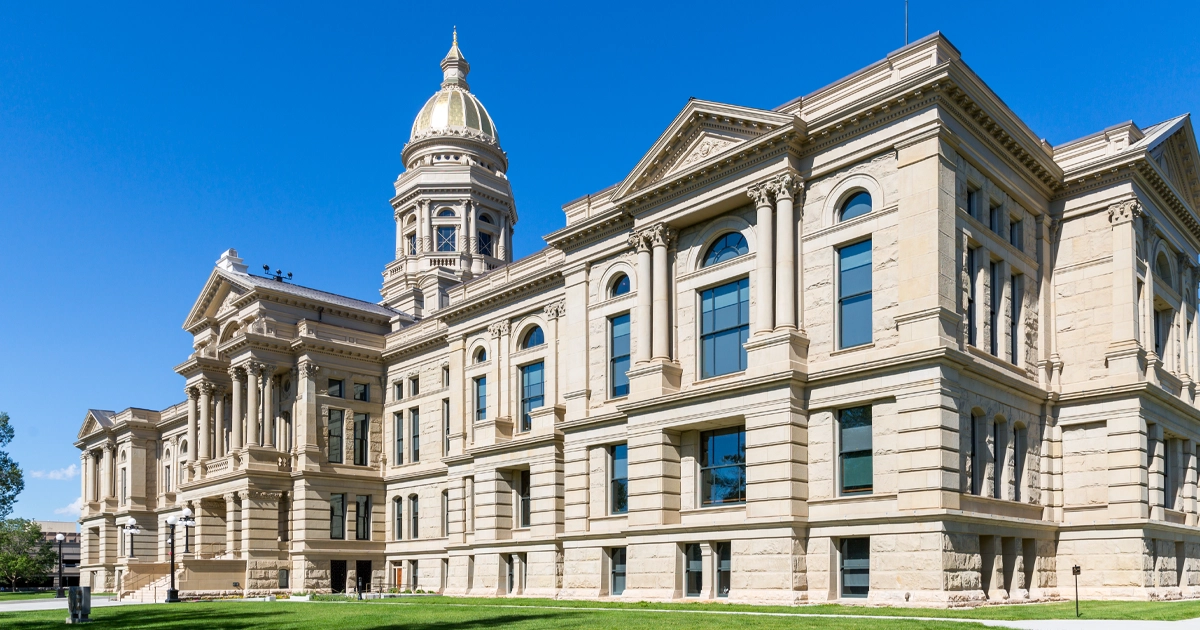
LR_Wyoming_State_Capitol
SOLD! Uncle Sam's $100 million purchase of a single square mile within the bounds of Grand Teton National Park netted Wyoming's schoolchildren $156,250 per acre.
On December 30, Grand Teton National Park grew by 640 acres when the federal government and private donors paid $100 million for a single square mile of windswept high plains owned by the state of Wyoming. Known as the Kelly Parcel, it was the largest inholding within the boundaries of Grand Teton National Park.
Prized for its rugged remoteness and stunning views of Mount Moran, Yellowstone National Park, and the Gros Ventre River, the tract provides critical migration corridors for pronghorn, elk, and mule deer — but never generated much revenue for the state of Wyoming.
The Great Debate
For years, leaders in Wyoming debated the future of the Kelly Parcel. In November, the Wyoming Board of Land Commissioners voted 3-2 in favor of a proposed agreement to transfer the land to the federal government for the $100 million price tag. A 2022 appraisal set the value of the Kelly Parcel at $62,425,000, including the mineral estate; however, state lawmakers mandated in 2024 that the direct sale of the Kelly Parcel to Uncle Sam could not be for a value less than $100 million ($156,250 per acre).
Under state ownership, the parcel has remained “a significant piece of unprotected land within the boundaries of Grand Teton National Park,” according to the Grand Teton National Park Foundation, which pledged $37.6 million in private donations to purchase the property. The remaining $62.4 million came from the federal government’s Land and Water Conservation Fund. Proceeds from the sale will be invested in Wyoming’s Common School Permanent Fund to benefit the state’s schoolchildren.
Wyoming State treasurer Curt Meier, who sits on the Board of Land Commissioners, called the sale a windfall investment for the state’s K-12 students. Under state ownership, the parcel generated around $2,800 annually through various permits, including grazing leases. The Grand Teton National Park Foundation estimated that the $100 million sale would return approximately $64 million to the state’s Common School Permanent Fund in the first 10 years.
Determining the Best Deal
The debate over the Kelly Parcel’s future was never been about whether it should be privately developed. Almost no one within the state has argued for that option. Instead, state leaders have been advocating for best-case scenarios for Wyoming citizens with an eye toward timing and political tides.
Wyoming’s secretary of state, Chuck Gray, argued that the sale seemed “rushed.” He felt the incoming Trump administration might offer the state of Wyoming a better deal.
Wyoming State Superintendent of Public Instruction Megan Degenfelder advocated for a land swap, proposing a trade of the Kelly Parcel for federally owned Bureau of Land Management (BLM) land with abundant natural resources such as coal, oil, or natural gas elsewhere in the state. Degenfelder said in November that she’d been working with a task force to identify “well over 100,000 acres” that could be acquired in the exchange for the 640-acre Kelly Parcel and had been meeting with BLM leadership and Wyoming’s congressional delegation to pursue the swap. She voted against the sale on November 7.
“I will be a no on this, not because I do not want to protect the Kelly Parcel from development. I absolutely do. I just believe that there is a better option,” Degenfelder said.
Others expressed frustration over connecting the preservation of the Kelly Parcel with potential energy interests hundreds of miles away. Meier pointed out that navigating a land swap could add years to the negotiations, which have already lasted nearly two decades. He defended his vote in favor of the sale by saying it would not impede future land exchanges and instead will generate much needed revenue for education in Wyoming.
State-Federal Dynamic
Wyoming’s 67th Legislature, which met earlier this year, stipulated that the sale of the Kelly Parcel was contingent on the Bureau of Land Management’s Rock Springs Resource Management Plan record of decision, which was issued December 20. Governor Mark Gordon certified the BLM plan on December 27, but said in a statement that the voice of Wyoming citizens regarding the management of BLM lands in Southwest Wyoming was “largely ignored” by the federal government. On December 30, Governor Gordon said in a statement that, along with the protection of an iconic parcel of land, his office would work to “ensure that there is no net-gain in federal lands in Wyoming.”
As it stands, the transfer will preserve hunting, fishing, grazing, and traditional uses on the land within the park — under federal oversight. The Kelly Parcel, now incorporated into Grand Teton National Park, will be managed by the Department of the Interior.
Impact on Private Landowners
Although one could argue that the value of a pristine, untouched landscape like the Kelly Parcel is incalculable, the $100 million sale equates to a per-acre price of $156,250. Valuation of comparable land close to Grand Teton and Yellowstone National parks varies greatly, depending on access to water, views, infrastructure, conservation-easement restrictions, and whether a location is adjacent to public land, among other factors. Typically, as acreage goes up, the price per acre will decrease — but every property is unique.
At the time of publication, listing prices for similar land in Teton County ranged from $750 per acre to almost $280,000 per acre. It’s difficult to compare the sale of the Kelly Parcel to any private land transaction, and certainly a sale similar in scale when it comes to contiguous acreage in Teton County would be rare.
Finding a swath of land with no conservation easement or development encumbrances — which, as a piece of state land currently, the Kelly Parcel does not have — may be impossible. On the private market, the lack of easements would also likely lead to a higher assigned value.
But to subdivide and develop such a parcel — an idea few in Wyoming were suggesting — would require a significant expansion of infrastructure requiring roads, underground power, and associated costs. Any hypothetical development would also have to meet Teton County Land Development regulations and its environmental-review process.
When considering how the sale of the Kelly Parcel to the federal government will impact private sales, Des Jennings, an associate broker with Jackson Hole Sotheby’s International Realty, said he doesn’t think it’s likely.
“I don’t think this changes anything at the retail level,” Jennings told The Land Report. A sale price of $100 million for the section may be a little low, but all things taken into account, it represents a once-in-a-lifetime opportunity for Wyoming, he said. Given that the state of Wyoming is not in the business of land development for profit in the way a private developer would be, selling — and subsequently preserving — the land may be the best avenue Wyoming has for generating meaningful income from the parcel while also preserving a place that’s priceless in many other ways.
“This is as beneficial an outcome as I can imagine for the state,” Jennings said. “I think if it is managed well financially, it is tough to beat.”
Editor’s Note: This post was originally published in the Winter 2024 issue and was updated to reflect the sale of the Kelly parcel on December 30.
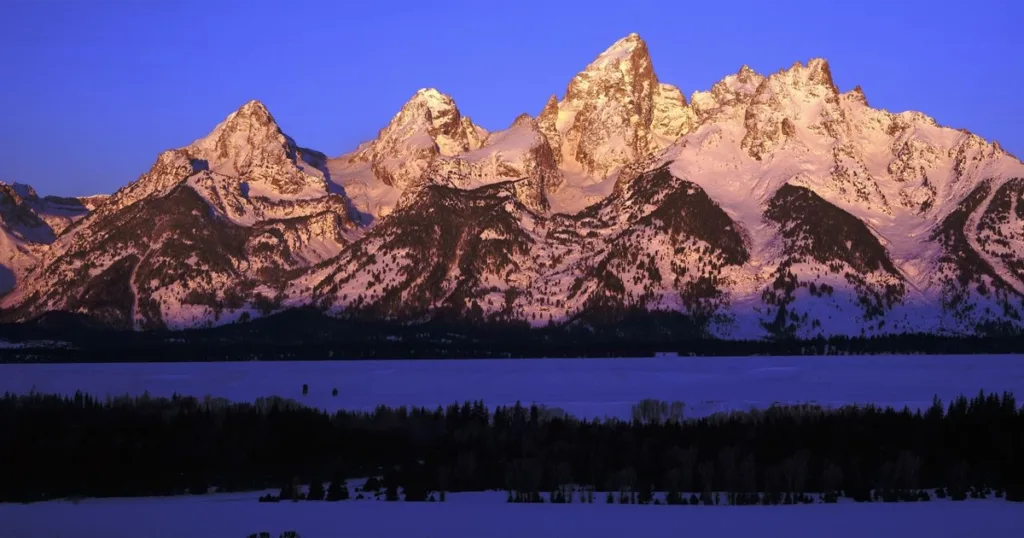
Published in The Land Report Winter 2024.


